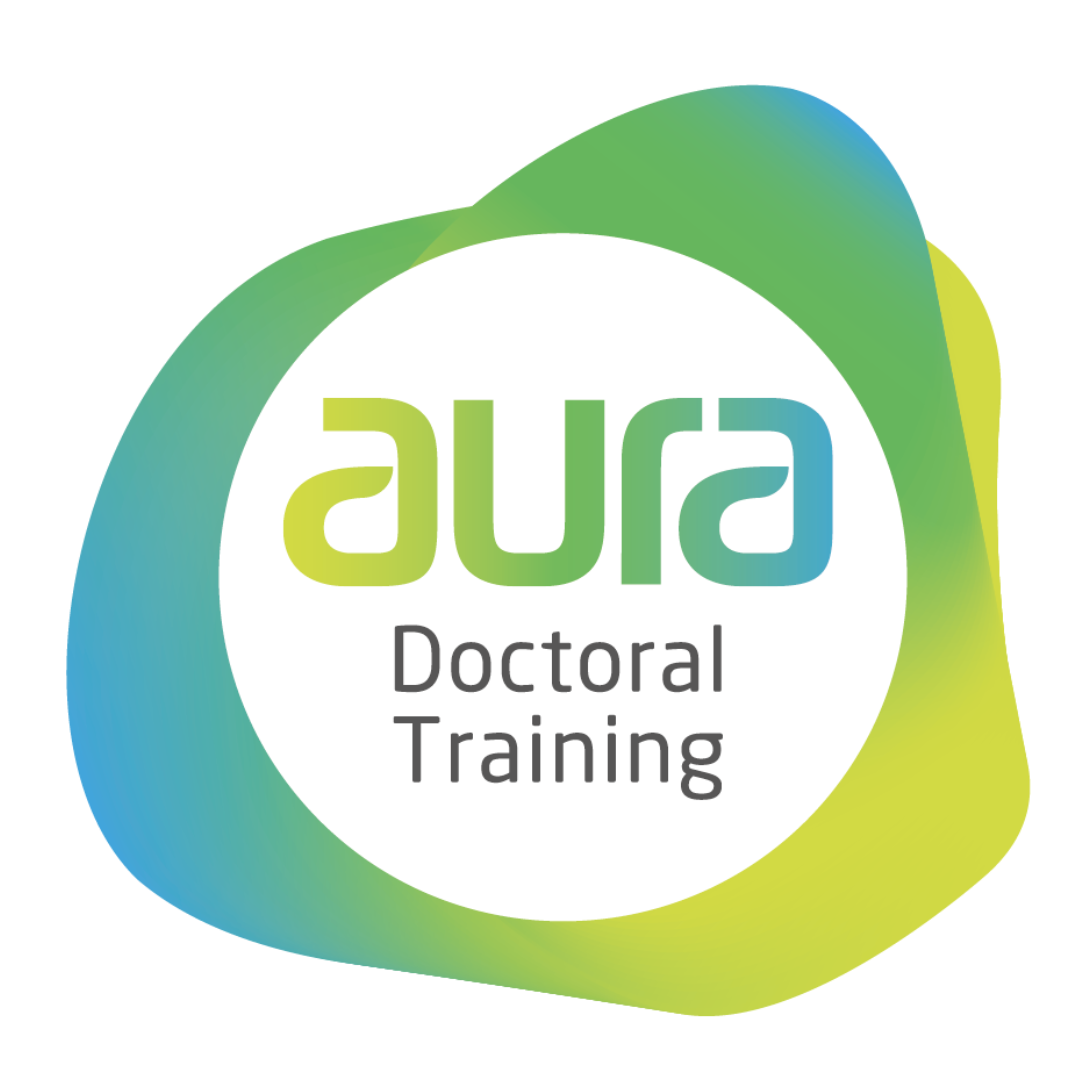

Research projects

- Research area
Physics and Engineering of the offshore environment
- Institution
Newcastle University
- Research project
Understanding the interaction between internal waves and offshore wind structures
- Lead supervisor
Dr Magda Carr (Senior Lecturer in Applied Mathematics, Newcastle University)
- PhD Student
- Supervisory Team
Dr Charlie Lloyd (Leverhulme Early Career Research Fellow, School of Architecture, Building and Civil Engineering, Loughborough University)
Prof Robert M Dorrell (Professor of Fluid Mechanics, Loughborough University)
Project Description:
The UK is committed to offshore wind energy to reach net-zero carbon emissions by 2050. The sector is targeted to expand five-fold in the next eight years, from 13 GW in 2022 to 50 GW operational by 2030. This is projected to grow to 140 GW by 2050. The vast spatial requirements to facilitate this growth is pushing developments to deeper waters, the stratified shelf seas, facilitated by recent technological advances in floating technologies. Floating offshore wind infrastructure are vast when compared to shallow-water fixed- bottom structures (monopiles). Semi submersible structures are 75 m wide, approximately ten times larger than shallow water structures, supporting turbines with 200 m diameter blades. Understanding the dynamics of these floating structures is imperative for the efficiency and safety of these engineered structures.
Stratified shelf seas represent a new oceanographic regime for offshore wind infrastructure, where, in the spring-summer months, density varies with depth through thermal and saline gradients, sustained by heating at the surface by the sun. The deep, cold, salty water is separated from the near-surface warmer water by a thermocline where the density changes relatively quickly with depth. Buoyancy forces arising from the strong density gradient suppress vertical transport of mass, momentum, and passive scalar fields, and enables propagation of internal wave (IW) fields. IWs arise when strong density gradients are perturbed by, for example, tidal flow over topography. The waves that are produced can travel for hundreds of kilometres beneath the water surface, before eventually breaking and dissipating their energy.
IWs pose a new challenge to engineers and spatial marine planning. IWs can propagate much further than surface waves and can be significantly larger in both space and time. Globally, IWs have caused significant damage to offshore structures and their moorings due to their spatial extent. They have been known to displace oil platforms by as much as 200 m horizontally, and 10 m vertically, and cause enormous local loads and bending moments. They can cause scour on pipelines and interfere with under-water communications. The offshore wind sector is now, for the first time, expanding into waters where these waves may be present. Yet there are no studies investigating what impacts may arise from IW interactions with floating or fixed offshore wind infrastructure. While the importance of this open question has been informed by comparable studies in offshore engineering, no studies have yet applied this knowledge directly to the offshore wind sector.
The project aim is to understand and quantify the impact of IW fields on fixed and floating offshore wind infrastructure, in a deep-water environment. This aim will be realized through the following objectives:
- Using experimental techniques, quantify and understand the interaction between an IW field and three types of offshore wind structures: fixed bottom monopile, floating spar-buoy, and semi-submersible.
- Employing numerical methods, validated by the experimental study, understand the flow-structure interactions, and the coupling between the density and velocity fields.
- Perform numerical simulations to scale up solutions to infer field-scale dynamics and explore the flow-structure interaction parameter space.

